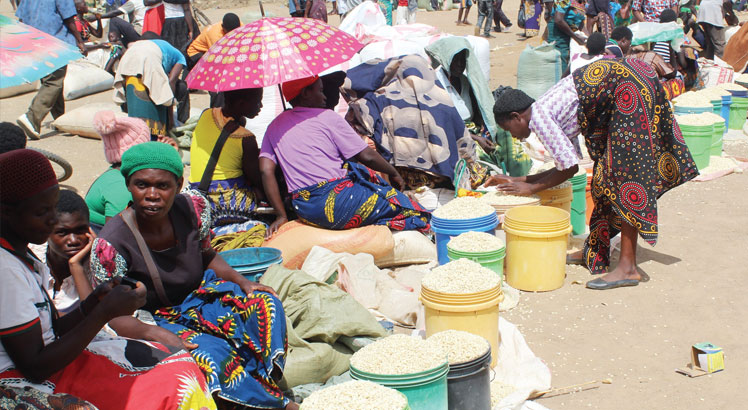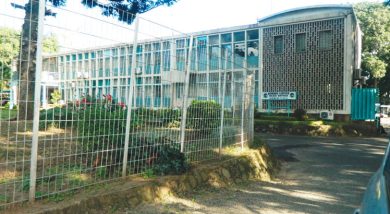Maize price structure comes under scrutiny
Malawi’s heavy dependence on rain-fed agriculture and poorly implemented government interventions contribute to drastic fluctuation in the price of maize, a new research shows.
In a policy paper jointly published by local agriculture think-tank Mwapata Institute, International Food Policy Research Institute (Ifpri) observes that opportunities for arbitrage or simultaneous buying and selling to take advantage of maize prices, undermine the effectiveness of government interventions to stabilise the price of maize.

The report notes that lower maize prices during the lean season would result in a three percent gain in monetary welfare on average.
Reads the report in part: “For the poor, who start from a lower consumption base, the welfare gain from stable prices reaches a peak of six percent in February.
“Monetised welfare calculations show similar overall patterns to net benefit ratio and peak welfare gain of about K750 per capita per month in February.”
However, the researchers observe that interventions purchasing through the Strategic Grain Reserves (SGRs) do not work because farmers usually sell their produce during harvest period when the maize is cheaper and buy it back in the lean season when prices are higher.
The report recommends that government should carefully time its interventions, including the use of the SGR and export bans to contain maize prices.
“Improving the timing of SGR drawdowns should also not cost the Treasury anything while buying maize for SGR replenishment earlier in the season when prices are lower would lead to significant savings for the public purse,” reads the report.
Reacting to the report, Economics Association of Malawi vice-president Bertha Bangara-Chikadza said government can reduce the seasonal price fluctuations by empowering local farmers to store their produce and using official markets such as Agricultural Development and Marketing Corporation.
She said: “This can smoothen the price fluctuations of maize. Considering the magnitude of these seasonal fluctuations, welfare gains from smoothing the prices this way could be substantial for both rural and urban poor people.”
The Ifpri report comes at a time maize prices rose by eight percent in the first half of January before declining in the second half of the month to a level three percent higher than at the end of December 2023, reflecting the price fluctuations observed in the report.
However, in its 2023 Annual Economic Report, Nico Asset Managers Limited said it expects the price to continue rising because of the currency realignment implemented by the Reserve Bank of Malawi in November last year, among other factors.
“Food prices are expected to continue increasing because of seasonal increases as Malawi enters the peak lean period from December 2023 to March 2024,” reads the report.
In an interview yesterday, Consumers Association of Malawi executive director John Kapito cautioned that the rising cost of living coupled with the low incomes and diminishing low maize reserves during the incoming lead period will place the “staple food beyond the reach of many”.
Grain Traders Association of Malawi president Grace Mijiga-Mhango earlier said that maize prices were shifting downwards due to formal imports that have begun trickling in.
Figures from the Reserve Bank of Malawi show that the country’s inflation at end of December stood at 34.5 percent, of which 43.5 percent was food inflation and 22.8 percent was non-food inflation.n





